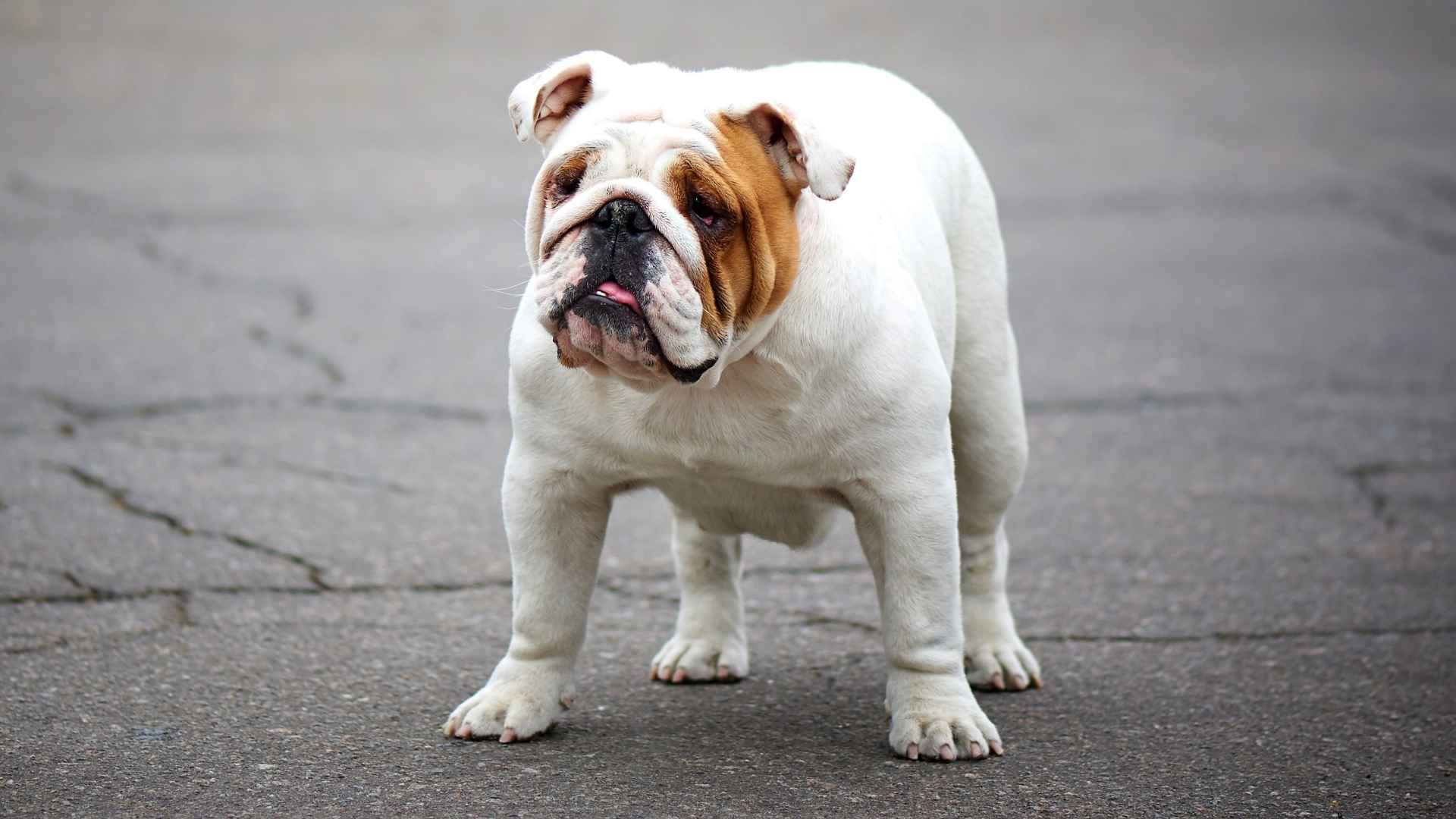Not all dogs are created equal when it comes to obedience. While some breeds practically beg to follow every command, others… well, let’s just say they march to the beat of their own drum. These four-legged rebels are clever, stubborn, and often far more interested in chasing squirrels or stealing snacks than sitting politely on command.
But here’s the thing: a lack of discipline doesn’t make them “bad dogs.” In fact, their free-spirited nature can be part of their charm, keeping life with them endlessly entertaining. From notorious escape artists to breeds that treat training sessions like optional suggestions, these dogs have earned a reputation for being delightfully difficult.
If you’re curious which breeds top the charts for independent (and sometimes exasperating) behavior, read on—you might just recognize your own mischievous pup on the list.
Least Disciplined Dog Breeds Ever
1. Afghan Hound
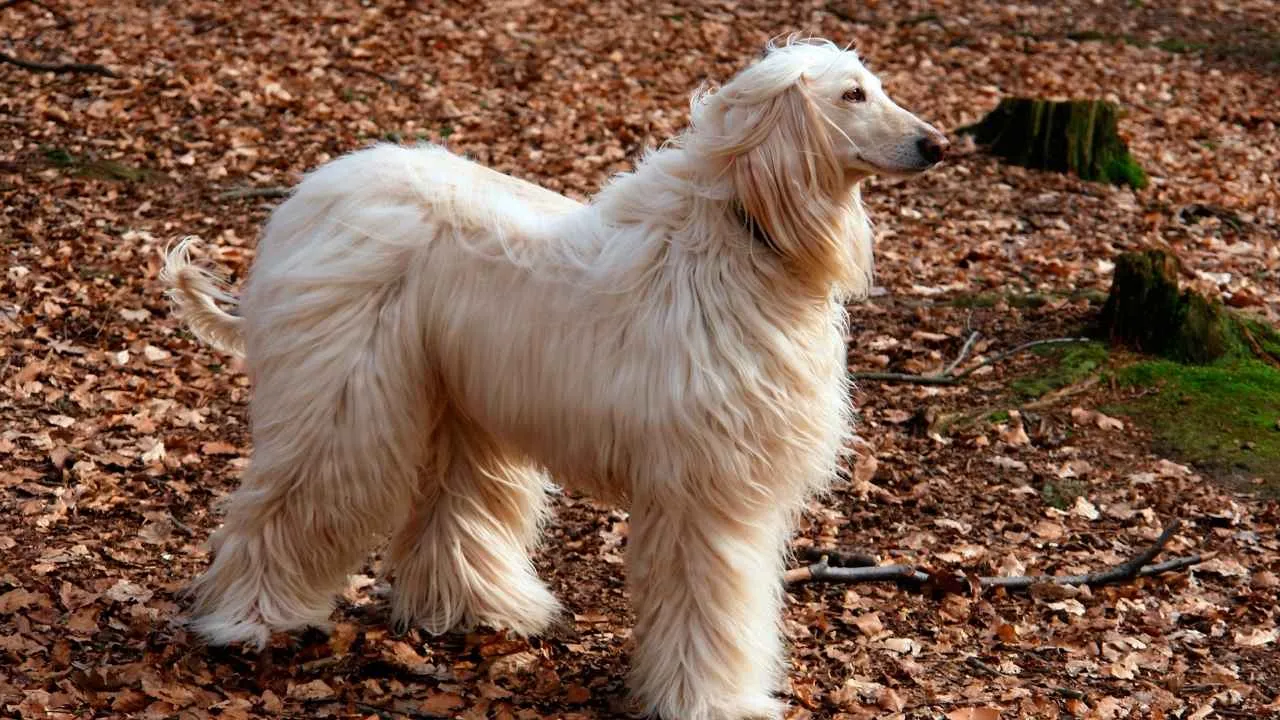
The Afghan Hound is admired for its flowing, silky coat and elegant stature. With a long, narrow head and graceful body, this breed carries itself with an almost aristocratic air that sets it apart. Their beauty has long made them show ring favorites.
Though deeply loyal to family, Afghan Hounds are famously independent. They tend to think for themselves, often ignoring commands if they see no purpose in them. This quality contributes to their reputation as one of the least disciplined breeds.
Originally bred for hunting in the mountains of Afghanistan, they developed sharp vision and incredible speed. Their strong prey drive means they may dart after moving objects in an instant, making a fenced yard or leash walks essential.
According to the AKC, grooming is one of the biggest commitments with this breed. Their long, fine coat requires frequent brushing and occasional professional care to prevent tangles and matting. Owners must be prepared for consistent upkeep.
Training an Afghan Hound is possible but requires creativity, patience, and gentle methods. Harsh approaches can cause them to shut down, while reward-based techniques tap into their intelligence. Experienced dog owners who value beauty and independence will find them captivating companions.
Quick Tips
Use positive reinforcement and keep sessions short and engaging.
Invest in high-quality grooming tools to manage their coat.
2. Basenji

The Basenji is a small yet athletic breed with a sleek build, upright ears, and a tightly curled tail. Known as the “barkless dog,” it produces unique yodel-like sounds instead of traditional barking. This makes them stand out from nearly every other breed.
Clever and full of energy, Basenjis are quick learners but not always eager to obey. They often decide whether following a command is worth their time, which is why they are often included among the least disciplined breeds.
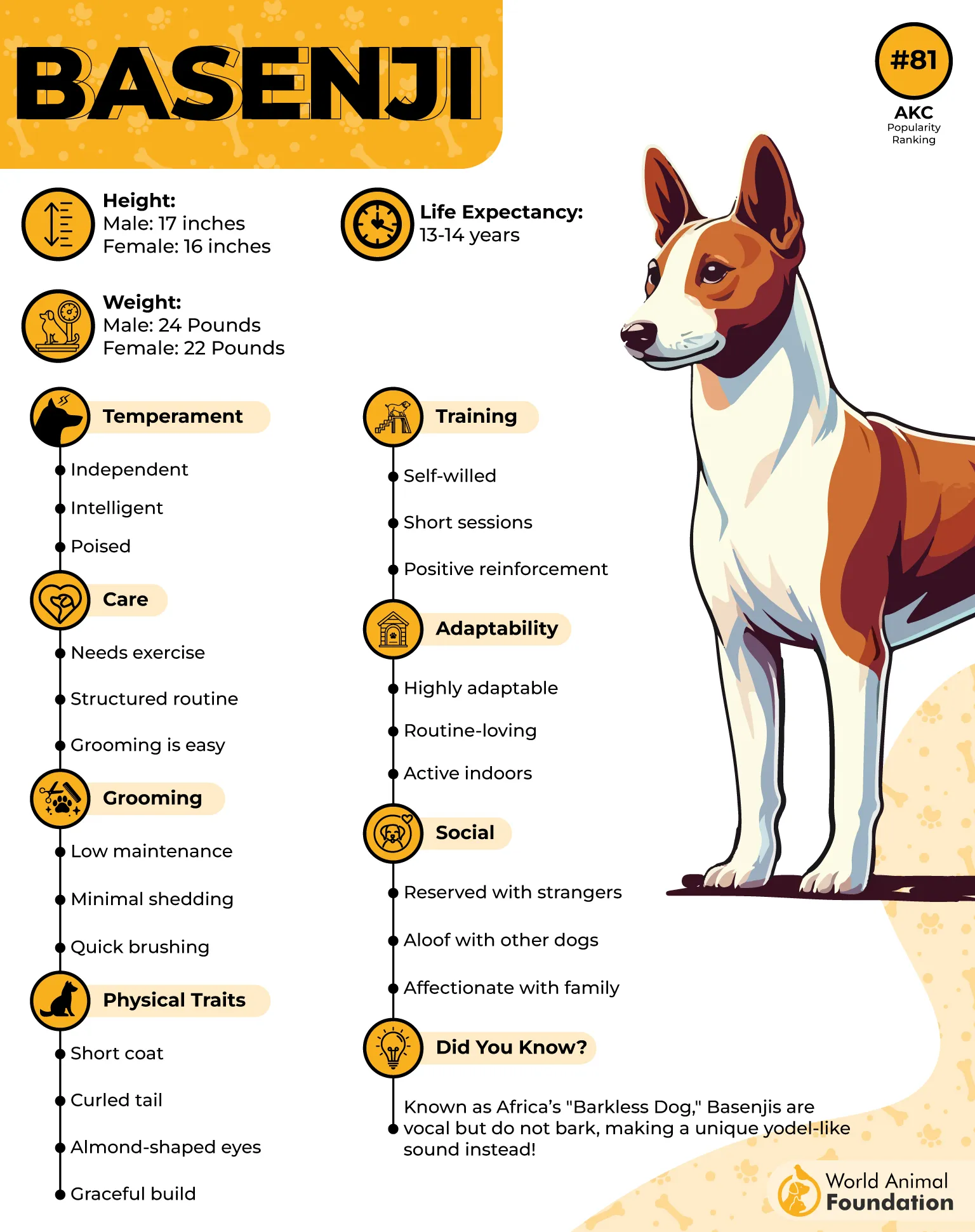
Their catlike nature extends to grooming habits—they keep themselves remarkably clean and have very little doggy odor. Combined with their compact size, they can be well-suited to smaller homes or apartments if given enough exercise.
PetMD states that without proper stimulation, Basenjis quickly find ways to entertain themselves. This might include climbing, escaping, or chewing on anything left within reach. A variety of toys, puzzles, and daily walks are vital to prevent mischief.
Despite their independence, Basenjis bond strongly with their families and thrive on interactive play. Their lively and spirited personality makes them delightful for owners who appreciate a dog with a strong sense of individuality.
Quick Tips
Provide mentally stimulating toys to keep them busy.
Always use a secure fence or leash outdoors to manage their prey drive.
3. Chow Chow
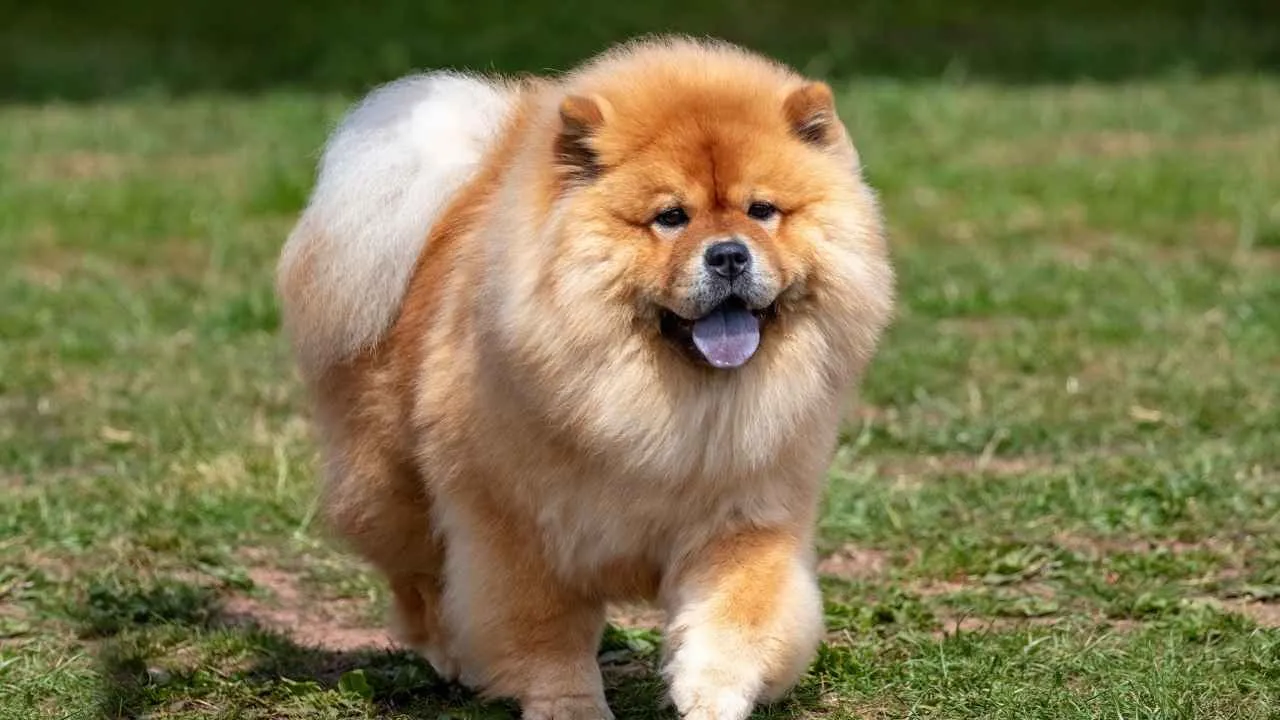
The Chow Chow is instantly recognizable with its lion-like mane, deep-set eyes, and unique blue-black tongue. Its powerful, square build and plush coat give it an almost regal appearance, a trait that has fascinated dog lovers for centuries.
Though loyal to family, Chows are famously aloof. They often prefer independence over constant affection, which can make them seem standoffish compared to more social breeds. Training them requires patience, consistency, and respect for their strong-willed nature.
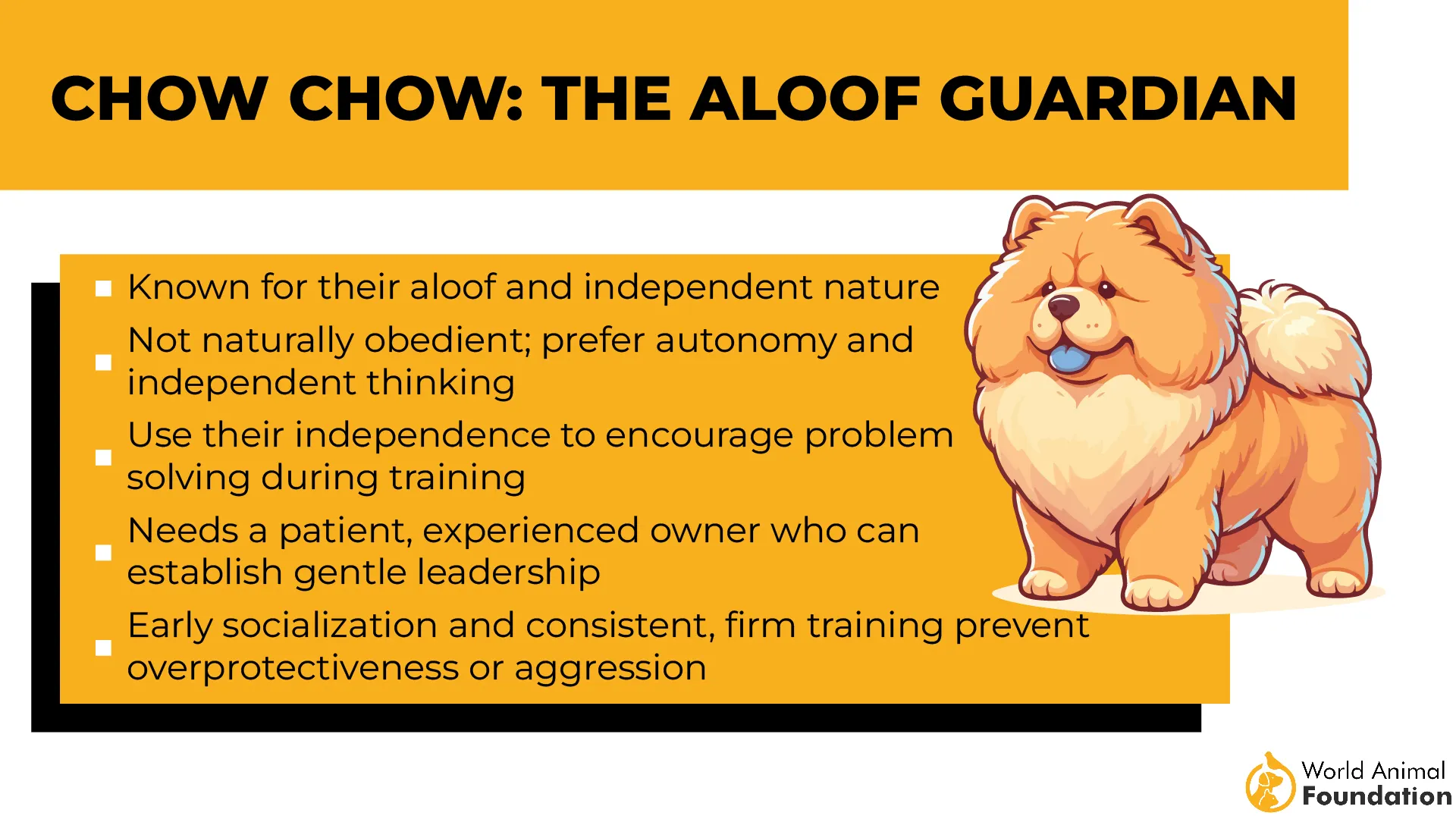
When it comes to exercise, the Chow Chow is relatively low-maintenance. A steady daily walk is usually enough, though owners should be cautious in hot weather. Their dense double coat makes them prone to overheating, so they thrive best in cooler climates.
That magnificent coat is one of their greatest assets and biggest challenges. Heavy shedding is the norm, and frequent brushing is essential to keep the fur free from mats. Regular grooming sessions not only maintain their looks but also prevent skin issues.
Among the least disciplined breeds, the Chow Chow is known for its stubbornness. But this independence is not defiance—it reflects a self-reliant temperament. Experienced dog owners who value dignity and calm over eagerness to please will appreciate the Chow’s unique personality.
Quick Tips
Begin socialization early to encourage confidence and tolerance.
Brush thoroughly several times a week to control shedding.
4. Bulldog
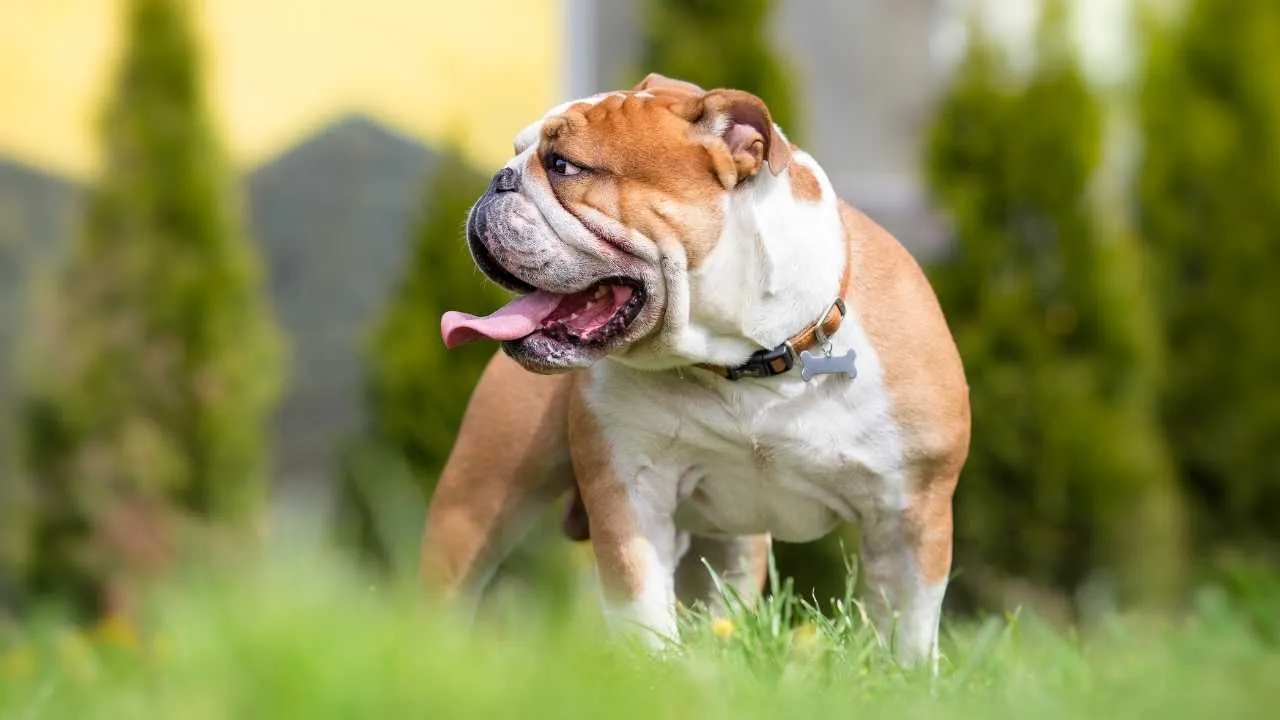
The Bulldog is one of the most iconic breeds, instantly recognizable with its stocky build, wrinkled face, and endearing underbite. Despite its somewhat intimidating appearance, it is a gentle, affectionate dog that bonds deeply with family members.
As per Hill’s Pet, Bulldogs are famously low-energy and enjoy lounging as much as short bursts of activity. Their exercise requirements are modest, but care must be taken to avoid overexertion, especially in warm weather. Their brachycephalic (short-nosed) build makes them prone to breathing difficulties.
Training a Bulldog often tests an owner’s patience. Their stubborn streak contributes to their placement among the least disciplined breeds. While not disobedient out of spite, they require firm yet loving guidance to stay on track.
Despite these challenges, their calm temperament makes them excellent companions for families and city dwellers. Bulldogs are tolerant of children and content in smaller living spaces, provided their basic needs are met.
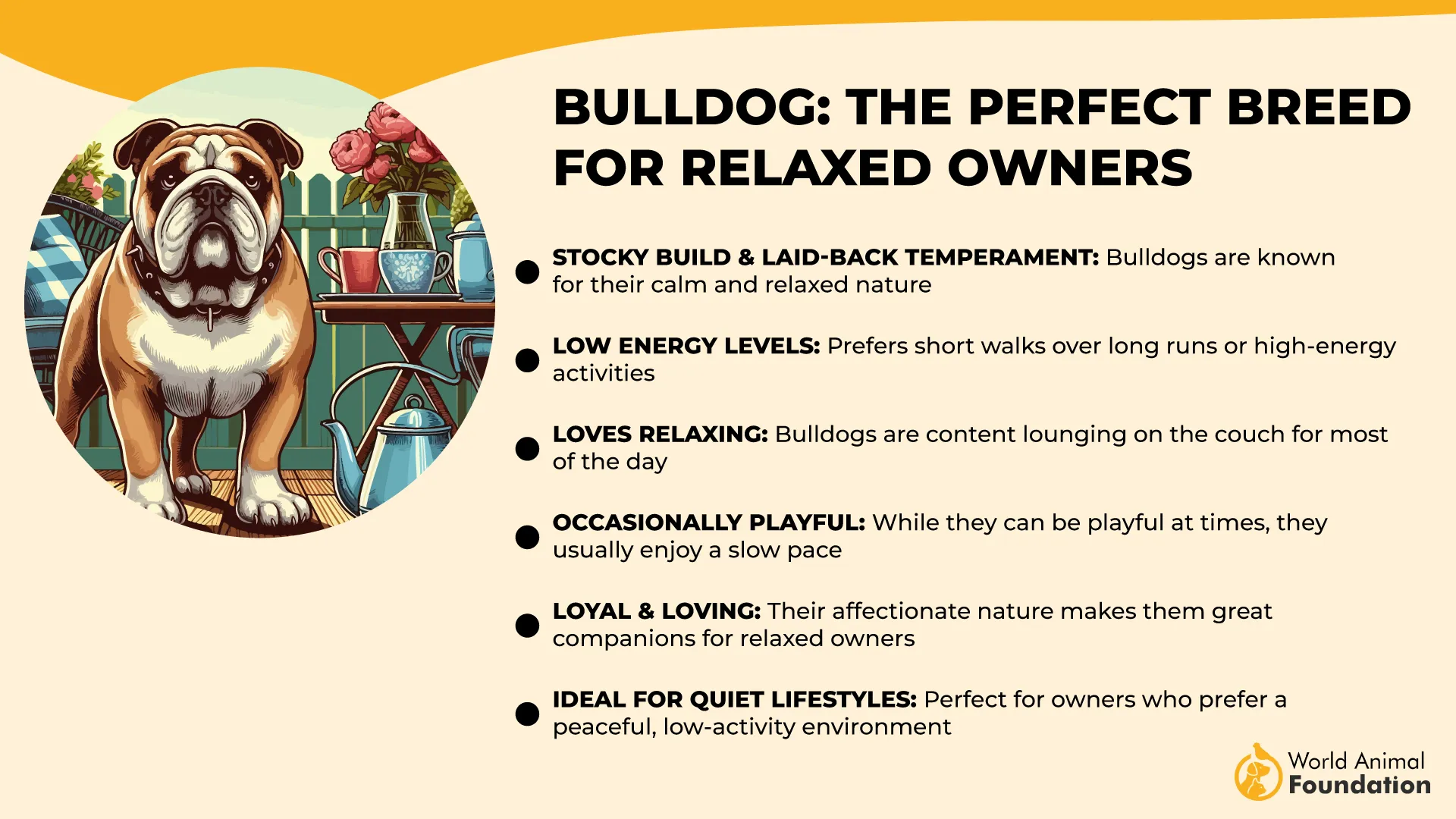
Their short coat requires minimal grooming, but skin folds need regular cleaning to prevent irritation. Health monitoring is crucial due to breed-specific issues, yet their affectionate personality more than compensates for the extra care required.
Quick Tips
Keep training sessions short and reward-based to overcome stubbornness.
Clean facial folds regularly to avoid infections.
5. Beagle
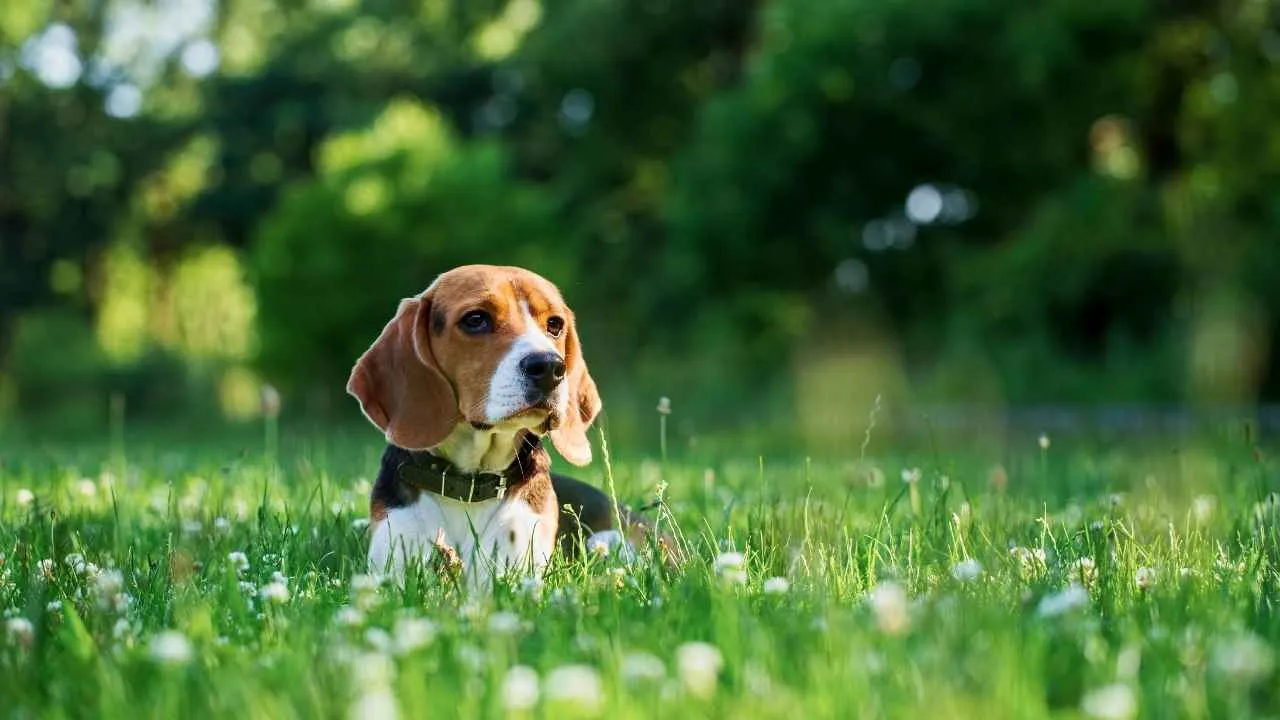
The Beagle is a compact scent hound with floppy ears, soulful eyes, and an irresistible charm. Bred for hunting in packs, they thrive on companionship and have a strong instinct to follow their nose.
Their intelligence and persistence can make them difficult to train. Once on a scent, Beagles may completely ignore commands, which explains why they frequently appear on lists of the least disciplined dog breeds.
Beagles are highly social and happiest when surrounded by people or other dogs. They dislike being left alone for long periods and can develop separation anxiety, often expressed through howling or destructive behavior.
Daily exercise is essential, as Beagles have seemingly endless energy. Long walks, playtime, and scent-based activities help keep them content and channel their determination into positive outlets.
Their short coat is easy to maintain, but regular ear checks are necessary since their floppy ears can trap moisture and cause infections. With proper care, Beagles bring endless fun and affection to any household.
Quick Tips
Use scent-based games to satisfy their natural tracking instincts.
Provide daily exercise to prevent restlessness and mischief.
6. Pekingese

The Pekingese is a small toy breed with a regal appearance, featuring a flowing mane-like coat and a flat face. Historically favored by Chinese royalty, this breed carries itself with confidence and dignity.
Though affectionate with trusted owners, Pekingese often display an independent spirit. Training them requires patience, as they tend to learn on their own terms—one reason they are often considered among the least disciplined breeds.
Despite their small size, Pekingese are brave and sometimes surprisingly assertive. They may challenge larger dogs or behave territorially, making early socialization important to avoid problematic behavior.
Their exercise needs are modest, typically met with daily short walks and indoor play. However, they are prone to overheating due to their flat face and heavy coat, so owners must watch them carefully in hot climates.
Grooming is a significant responsibility. They need regular brushing to prevent mats, and professional grooming is often recommended. In return, they provide loyal companionship and a touch of royal charm.
Quick Tips
Keep training calm and consistent to handle their stubborn streak.
Brush daily to maintain their long coat and reduce tangles.
7. Basset Hound
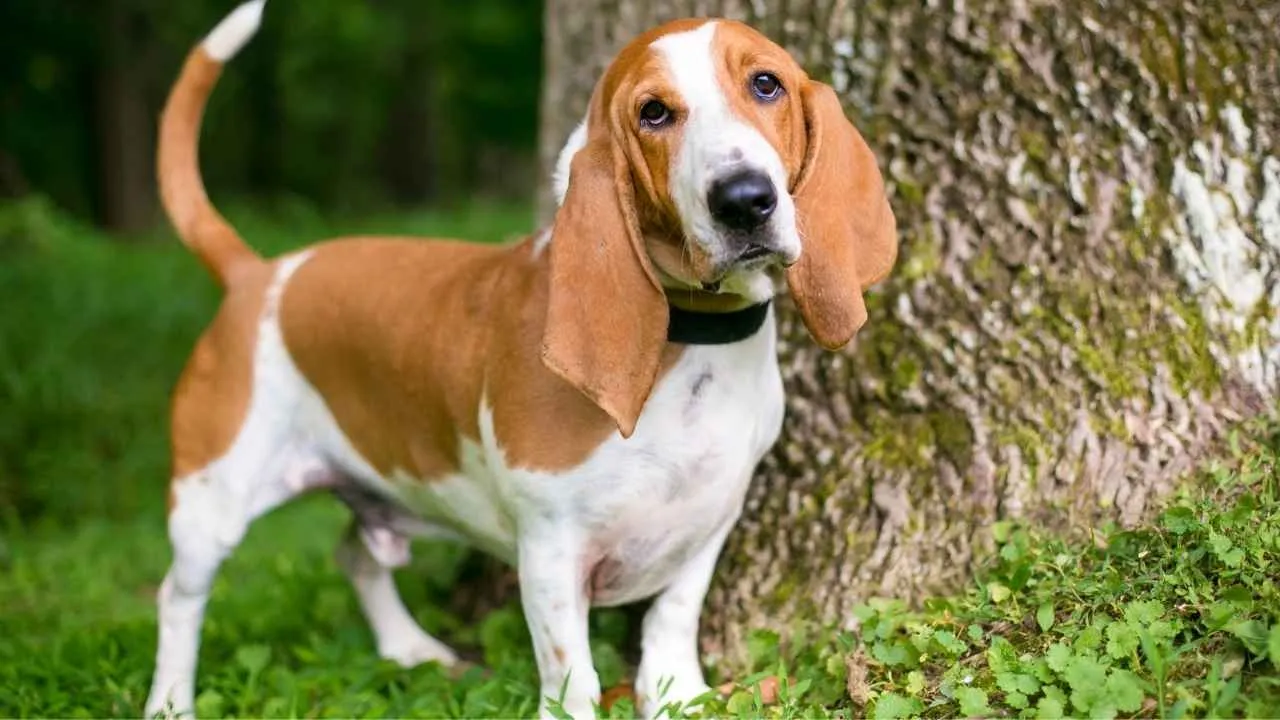
The Basset Hound is instantly recognizable by its droopy ears, soulful eyes, and long, low-slung body. Originally bred for hunting, its extraordinary sense of smell is second only to the Bloodhound.
These dogs are known for their calm, laid-back personality, making them excellent family companions. However, their stubborn nature can make training a challenge, placing them among the least disciplined breeds.
Their exercise needs are moderate, but daily walks are necessary to prevent obesity. Due to their short legs and heavy bodies, they are not built for strenuous activity, but they do enjoy exploring scents at a leisurely pace.
Owners should pay special attention to their ears, which are prone to infections, and their eyes, which may develop droop-related conditions. Grooming is relatively simple thanks to their short coat, though regular care of wrinkles and ears is a must.
With patience and humor, Basset Hounds reward owners with unwavering loyalty and a calm, affectionate temperament. Their stubbornness is part of their charm, and many families find their slow, steady nature irresistible.
Quick Tips
Use patience and persistence in training, as they are easily distracted by scents.
Clean ears weekly to reduce the risk of infection.
Conclusion
While the dogs mentioned above often top lists of the least obedient dog breeds, they are far from the only ones known for stubborn temperament and independent thinking. Other dog breeds, such as Bull Terriers, Scottish Terriers, Shih Tzus, Lhasa Apsos, and Welsh Terriers, also show an independent nature that can resist obedience without consistent training.
Small dog breeds in particular are often underestimated, but they can be just as challenging as large hunting dogs or sled dogs when it comes to obedience training.
In contrast, the American Kennel Club regularly highlights obedient dog breeds such as Border Collies, Labrador Retrievers, and German Shepherds. These intelligent dogs are considered among the most trainable breeds thanks to their eager-to-please attitude, problem-solving skills, and suitability for obedience competitions or agility courses. Other working dogs like the Australian Shepherd, Australian Cattle Dog, and English Springer Spaniel also stand out as excellent guard dogs, loyal companions, and good family pets.
For pet parents, the lesson is clear: breed traits shape dog behavior, but proper training, extensive socialization, and consistent methods can help both clever dogs and less obedient breeds thrive as affectionate companions.


